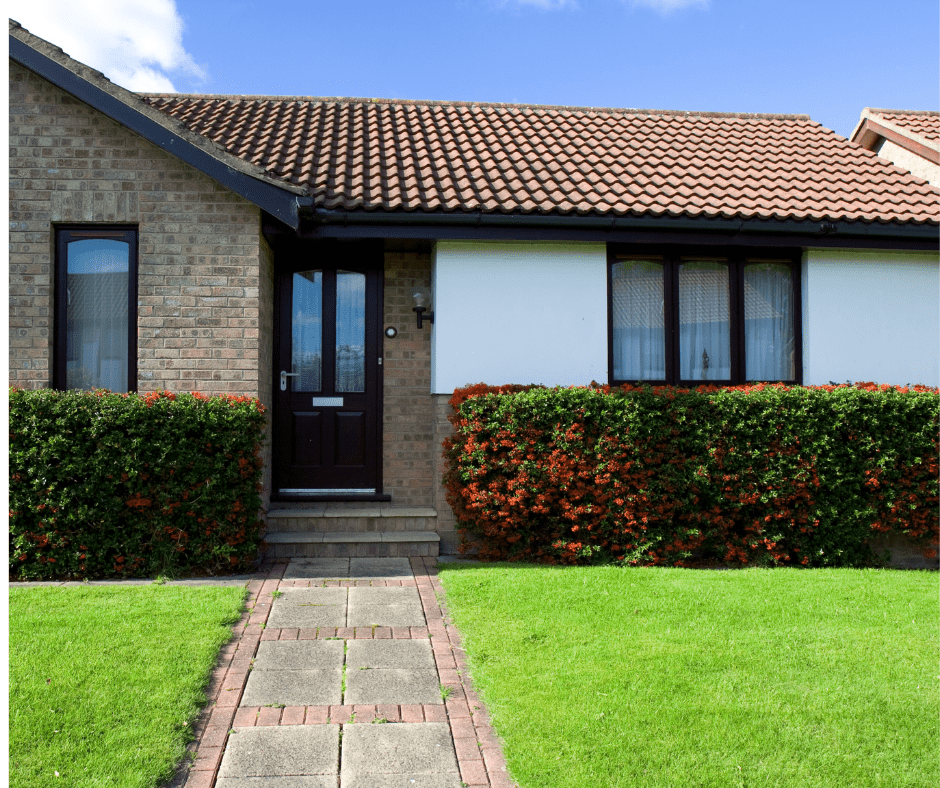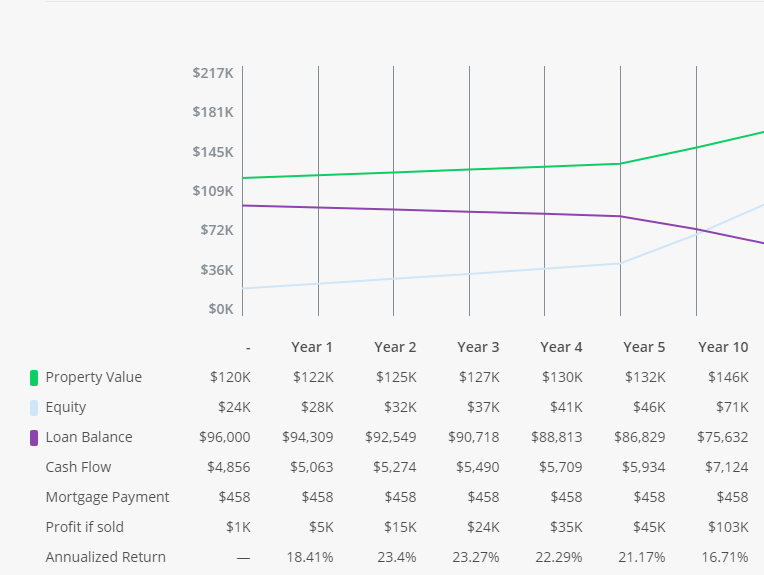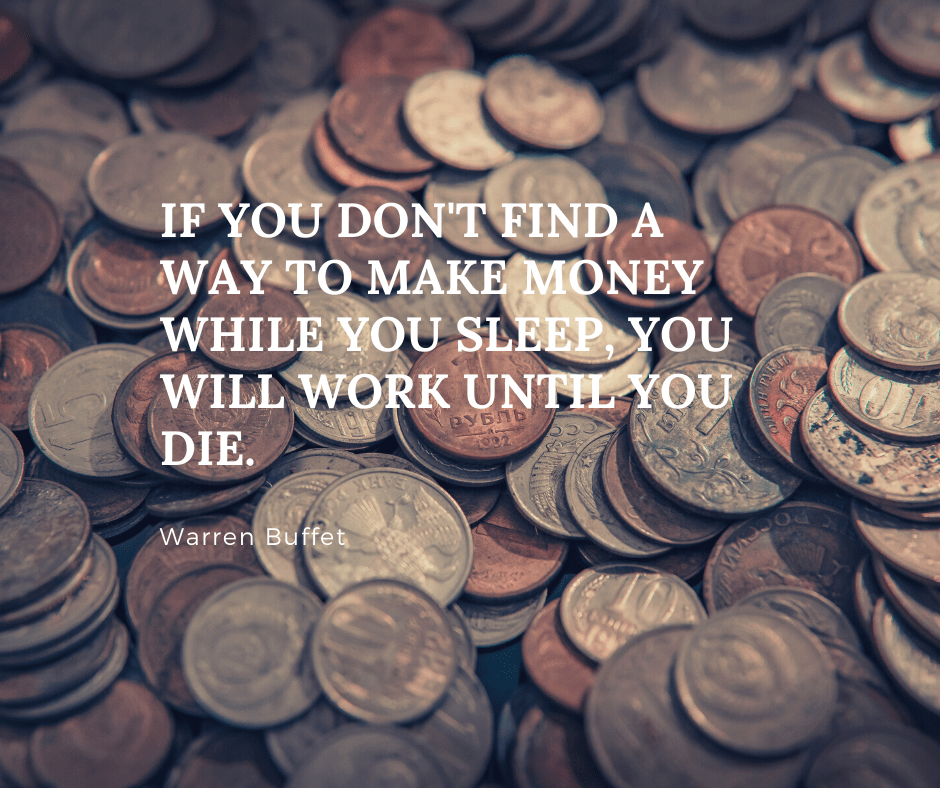
Want to retire early with rental properties? When it comes to retirement, not many people think of using rental income as a way to retire. When most people think of retiring, it’s using a 401k, IRA, or pension.
Since these are the traditional ways of retiring most people are only privy to them.
So what about rental properties? More and more people are diversifying their investment portfolios and using real estate is a great option.
Come to think about it, real estate is one of the oldest forms of asset classes, why wouldn’t you use it?
Rental properties are a great way to fund some or all of your retirement. If set up correctly, you can get a steady stream of income while someone else pays down your principal. Not to mention, the tax advantages and other benefits that come with being a real estate investor.
So you have made up your mind that you want to use rental properties to fund all or part of your retirement. Great! let’s show you how to get it done.
What Is a Rental Property?
We know this sounds a bitty silly, but let’s cover it anyway, bare with us. A rental proper refers to property that has been purchased by an investor and is inhabited by tenants or a type of rental agreement. See that wasn’t that bad.
Here is a list of the types of rental properties:
- Single-family homes
- Condos
- Multi-family homes
- luxury homes
- Vacation homes
- Townhomes
- Apartments
We gave a couple of examples above but for my sanity and yours we are going to stick to discussing single-family rentals and how you can acquire them to retire early.
How to Acquire Rental Properties To Retire Early?
There are many different ways to acquire rental properties, here is a list of a few options that are commonly practiced.
- You could rent out a portion of your home commonly known as house hacking. For example, you could purchase a home and convert the garage, basement, or attic to create a living space for a tenant.
- Purchase a home that is below market value, and live there while doing the work to increase the value to comparable properties, this is also called forced appreciation. After you are done rehabbing the property usually in about 6-12 months, you move out rent it to someone else and start the process over again.
- Buy a second home using traditional financing with 20 percent down. The key here is to find a property that’s below market value that you can rent as-is without putting in much work to get it to rental standards. With this strategy, you want about 20 percent in equity in the property.
- Instead of selling your inherited house use it as a rental to generate passive income. In many instances, these can be some of the best income-producing properties or “cash cow”. Most of the time these homes are paid off so you only have to worry about deducting expenses from your gross income.
- Purchase a turn-key property, these are fully renovated homes that can be purchased and immediately rented out. Often times these properties already come with a tenant in place for you.
How Many Properties Do You Need? No Retirement Calculator Needed
This is basically going to come down to your needs and how much of a nest egg you want to have when you retire. The number of properties you are going to need depends on 3 variables.
- Your retirement goal (G)
- The money you invested in real estate (I)
- Cash on cash return on your invested capital (R)
This is the basic formula we will be using in the example below. You can input any numbers you want to get the income you need to retire with.
I (money invested) x R (invested capital) = G(Retirement goal)
Let’s say your expenses for retirement will be $60,000 for the year and you require a 10% return on your investment. This means you will need to have a portfolio of properties worth $600,000 to achieve your desired return.
$600,000 x 10% = $60,000
Keep in mind that you can easily change any of these numbers to fit your individual situation.
Frequently asked questions:
Well that depends, you have to ask yourself what’s your current and future income needs. Once you figure that out you will be able to know how many properties you need to achieve your goal.
This depends on the amount of income generated per door or property. If you have 10 properties generating $8,350 in cash flow per month. You will gross over $100,000 per year. However, “Don’t forget to minus expenses”
Why would you ever want to quit your job! Just kidding, but like the old saying says “don’t quit your day job” Too many people assume that quitting their jobs will bring freedom and happiness.
It can don’t get me wrong, however, you can enjoy life right now just the way it is if you look for happiness within yourself and not to a future that isn’t guaranteed.
Investing in real estate can and will take a long time for the fruits of your labor to blossom, so try to find happiness in the work you do right now. If your current job isn’t the right fit for you, switch careers it’s that simple.
Your Target Renal Property

When looking for your target property, keep these criteria in mind.
- Schools: Consider the quality of the local schools if you are dealing with a family-sized home.
- Crime: No one wants to live next to an area riddled with crime, so check the local police office, city, or county website for crime statistics.
- Job Market: Locations with growing employment opportunities tend to attract more tenants. Also, make sure the jobs aren’t based on one industry but multiple.
- Average Rents: Rental income will be your bread and butter so you need to know the area’s rental average. You can reach out to a local property manager to get this information or your local realtor. A good rule of thumb is the 1% rule. The rent charged should be 1% of the cost of the home. So, a home that costs $120,000 should generate $1,200 in rental income.
- Neighborhood: The neighborhood your property is in will determine the type of tenants you attract. If your property is by a hospital, you will most likely attract people in the medical field.
- Property Taxes: This might not come up on your radar as something to look out for but getting a property in a low taxed area will increase your profits. For example, a $120,000 property taxed at 4% will cost you $400 a month, while a tax rate of 2.5% will cost you $250. That’s a savings of $150 a month or $1,800 a year. Now, what if your rental portfolio hand 10 properties, that’s $18,000 a year in savings. We are not sure about you, but we could definitely use an extra 18K year. If you want to know the tax information on a property, visit your county’s website.
Property Breakdown (cost)
| Property Cost (all cost including repairs and acquisition) | $120,000 |
| Cash invested in property | $24,000 or 20% |
| Mortgage payment | $600 |
| Rental income | $1200 or 1% of the property value |
| Operating expenses including vacancy | $200 |
| Net income | $400 |
This is an example of what 1 property may look like. But the question is how do you scale this model to retire early?
How To Scale Your Rental Portfolio
According to the U.S Census Bureau as of 2017, the median income per household was $61,372. Taking a conservative approach and saving 15% of your income, that’s a saving of $747 a month.
So let’s take those 15% savings and a starting investment of $10,000 and invest it in rental properties for 10 years. How much passive income would you have? See the table below.
| SF Homes | Monthly Savings form Job | Monthly Cash Flow | Total Monthly Savings | Months to Save $25K For Next Home |
|---|---|---|---|---|
| 0 | $767 | $0 | $767 | 20 |
| 1 | $767 | $400 | $1,167 | 21 |
| 2 | $767 | $800 | $1,567 | 16 |
| 3 | $767 | $1,200 | $1,967 | 13 |
| 4 | $767 | $1,600 | $2,367 | 11 |
| 5 | $767 | $2,000 | $2,767 | 9 |
| 6 | $767 | $2,400 | $3,167 | 8 |
| 7 | $767 | $2,800 | $3,567 | 7 |
| 8 | $767 | $3,200 | $3,967 | 6 |
| 9 | $767 | $3,600 | $4,367 | 6 |
| 10 | $767 | $4,000 | $4,767 | 5 |
The table assumes there is no inflation, no increase in rents, no principal paydown, or a change in income.
This is a very simple example of how you can achieve a cash flow of over $48,000 per year after 10 years.
If you were to continue investing for another 3 years, you would have 20 properties with a cash flow of $96,000 per year!
The example above is a form of compounding interest. The more you invest the faster your capital will start to multiply making you more money year after year.
Unlike the previous table, the one below has a realistic outcome accounting for inflation, increase in rents, and principal paydown for 1 rental property.
The cash flow at the end of 10 years would be over $7,000 with an equity capture of $71,000.
If you do the simple math and multiply that by 10 properties your cash flow would be a whopping $70,000 per year, with over $700,000 in equity.

- Rents usually rise around 3% per year depending on your local market.
- Inflation (appreciation) usually rise around 4% per year depending on your local market.
These are just examples however, there are many investors across the country using this and other strategies to retire early. Using rental properties to retire whither early or not isn’t a new concept.
In fact, my grandmother spent 30 years paying for 2 properties she used as rentals to retire when she was around 62 years old. If she used this strategy above, she could have retired in half that time with allot more dispensable income.
I am almost positive that you have someone in your family or a person you know that’s interested in investing in rental properties to retire early.
This strategy is not only a great way to create a passive income for yourself, it’s a phenomenal way to create generational wealth for your family. So, share this information don’t keep it for yourself.
Advantages of Rental Properties
If you invest properly rental properties can be great. Not only do they cash flow monthly, but you are also paying the loan down, creating equity to use as leverage, and enjoying some great tax advantages.
Mortgage Paydown
Each month your tenant is paying off your mortgage for you. Creating more opportunities for you to leverage your equity and acquire more real estate.
Tax Advantages
Rental properties also have some great tax advantages through the use of deprecation. Basically, you can use it as a deductible each year on your tax return for around 27.5 years. You can also use a 1031 exchange to sell tax-free when you exchange the property.
Property Value Appreciation
Although you shouldn’t count on appreciation when deciding to purchase your rental property for early retirement. It’s great to know you could achieve an average of 4% per year.
Diversification of investments
You may already have money invested in the stock market. However, owning rental properties can add a layer of protection against risk.
Passive income source
We saved the best for last. Perhaps the best benefit of owning rental properties is the ability to generate income without having to actively do so.

Related articles:
5 Ways Landlords in Stafford Can Increase Appeal to Tenants During COVID-19
How To Retire Early With Rental Properties
If you enjoyed this article or found any of the information useful please share it. I am glad I was able to share this information with you.

